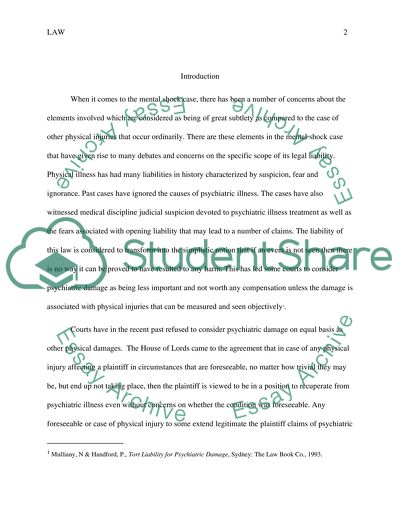Cite this document
(“Nervous Shock Essay Example | Topics and Well Written Essays - 2250 words”, n.d.)
Retrieved from https://studentshare.org/law/1445874-nervous-shock
Retrieved from https://studentshare.org/law/1445874-nervous-shock
(Nervous Shock Essay Example | Topics and Well Written Essays - 2250 Words)
https://studentshare.org/law/1445874-nervous-shock.
https://studentshare.org/law/1445874-nervous-shock.
“Nervous Shock Essay Example | Topics and Well Written Essays - 2250 Words”, n.d. https://studentshare.org/law/1445874-nervous-shock.


